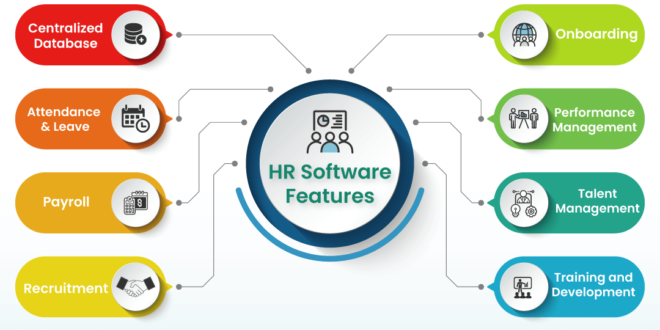Benchmarking is a systematic procedure that compares different companies or sectors of an organization using quantitative or qualitative data. It involves evaluating similar qualities among firms, determining the most effective processes, and incorporating them into company procedures.
HR professionals can better define the benchmark based on the target and goals of their organization after collecting data for comparative purposes. This process enables businesses to identify, assess, challenge, and improve their processes over time to make them better. There is various HRMS software that eases this process.
Key steps in Benchmarking
Choose a subject to Benchmark
Executives and other senior managers should be involved in determining which procedures are crucial to the company’s performance. Following that, the processes should be prioritized accordingly.
Choose the organizations or businesses to benchmark.
Decide if you’ll benchmark operations within your own company, a competitor, or a company from a different industry. Once the target organizations are selected, gather information from a variety of sources.
Make a list of your present procedures and workflows in the organization.
Map out the current operations and identify the gaps by comparing with the competitor. This is a crucial step and paves way for implementing the right strategies that drive towards betterment.
Data collection and analysis
This step involves gathering competitor’s data from primary and secondary sources which is followed by data analysis.
Compare the results to the information that has been gathered.
The company’s processes are compared with the competitor based on the information obtained and the gaps are identified.
Devise a strategy and execute the same
An appropriate plan is strategized to bring in improvements in the business. The plans are executed and the impacts of the changes are monitored.
Continue the same procedure.
The entire process is reviewed and the same process is repeated to make further improvements.
The Benefits of Benchmarking
Benchmarking is beneficial to all sections of a company and can drive positive change.
Companies can profit from human resources benchmarking in a variety of ways, including cheaper labor expenses. Lowering costs can help firms save money, which can then be used for other things, such as new business prospects.
Benchmarking can provide HR executives with useful information. They can utilize benchmarking to identify the differences between their own company’s tactics and those used by more successful organizations.
It enables Hr managers to evaluate which procedures and policies are effective and which need to be adjusted by studying the reasons behind the gaps.
Examining the practices of competitors can also keep HR professionals stay up to date on the ever-changing world of client demands.
Benchmarking can also help you boost your sales and profits. When a company uses benchmarking to enhance its operations, goods, and services, it frequently discovers that the process also improves its ability to generate sales. When this is combined with the capacity to reduce labor expenses, organizations can expect a significant increase in profits.
The bottom line
Benchmarking is a continuous process of business development and advancement and can be performed by HRMS software too. Using benchmarking to improve employee experience and raise pay, retention, and job satisfaction can result in improved employee well-being and, as a result, a better company culture.
Benchmarking is a powerful tool that, when used correctly, may help your company obtain a competitive edge in the market. However benchmarking is a practice that should be approached with caution, with no assumptions about the market, data, or ratios.
 HammBurg Be informed with latest news, reviews, entertainment, lifestyle tips, and much more.
HammBurg Be informed with latest news, reviews, entertainment, lifestyle tips, and much more.




